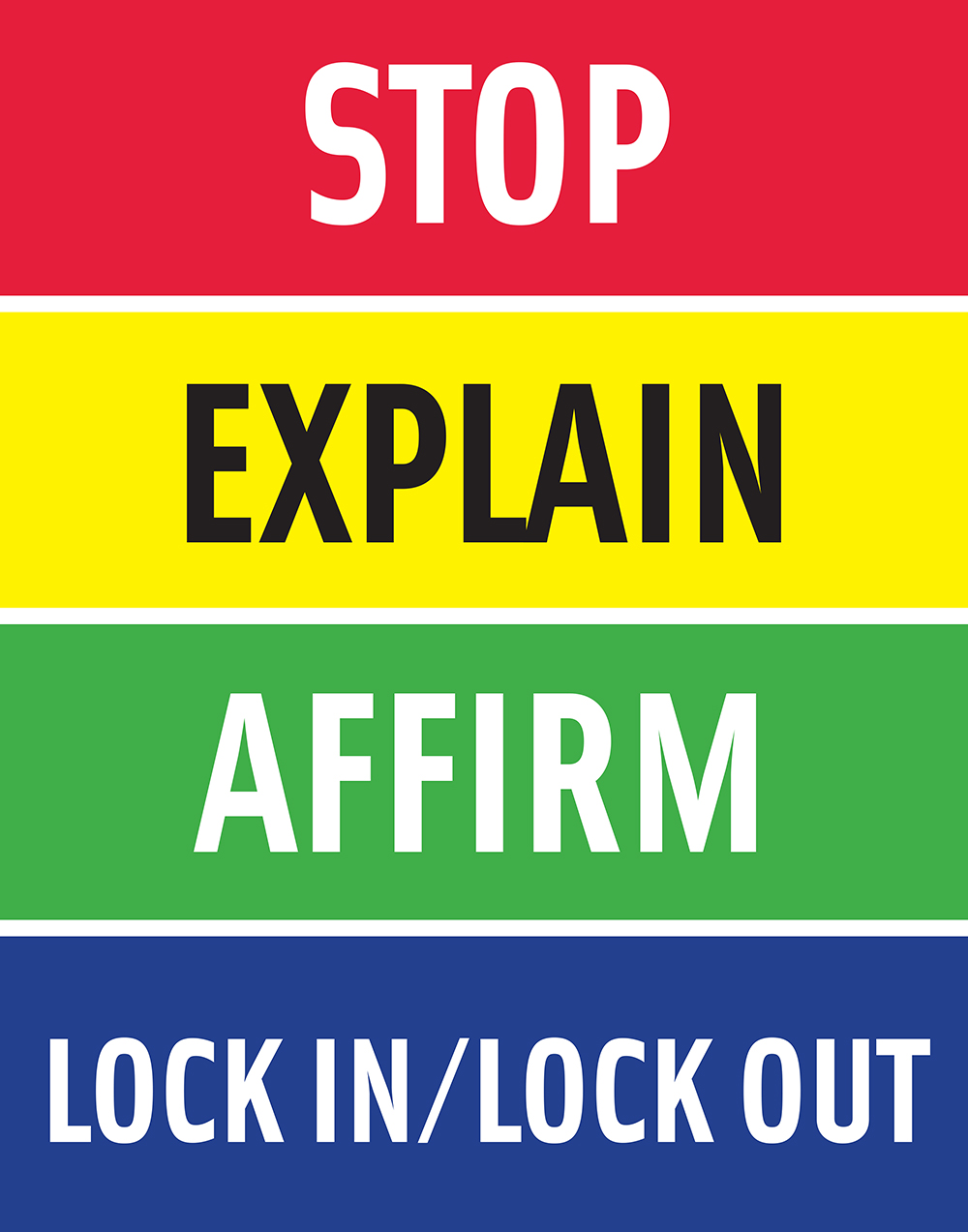We do a really great job of telling kids to respect each other, but sometimes they don't really know what that means. Respect is a mutual admiration for each other. Not sure about you, but if someone says something mean to me or ruins something I'm working on, I'm not admiring him or her. Kids need to know that their dignity is theirs to keep. At the base of bullying is the silencing of one's voice. No one has the right to do that.
Typical statements such as "walk away," "just ignore her" and "he just likes you" actually dismiss kids' voices and raise anxiety.
How can you help kids with conflict?
Imagine a world where kids have a framework to follow. SEAL, from Rosalind Wiseman's Owning Up Curriculum, is one of my favorites. Teach kids to:

STOP. Is this the time or place to confront this person? At the snack table, on the way outside, with lots of people around? Probably not. And never via text. If it's relational or conflictive, confront the person F2F—or "face to face."
EXPLAIN. Explain the specific behavior the person did that hurt your feelings. Don't attack their personhood; rather, identify the behavior. For example: "When you did X to me, it made me feel Y."
AFFIRM. Decide if you want to affirm the friendship or relationship. If you do, make it known. For example: "We've been friends for a long time. Today didn't go so well, but I'm glad we got through it."
LOCK IN/LOCK OUT. This step goes along with the affirmation. It's the decision to either continue or to take a break from that person. Sometimes, it's OK to take a break—especially if the relationship is toxic.
Written by Katey McPherson, Executive Director of the Gurian Institute.



